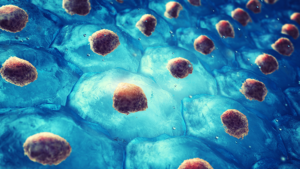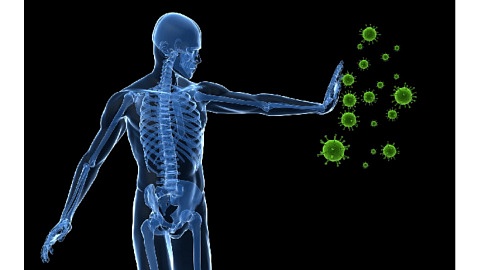A resilient immune system is essential for maintaining good health and preventing many different types of illnesses. The immune system helps protect the human...
About the Author
Felicia Newell
Felicia Newell is a Registered Dietitian (RD), Nutritionist, and Health Coach. She is also the owner of Sustain Nutrition, and helps clients from all around the globe fight through the misinformation in the online world, and master their health goals in a way that also allows them to also enjoy life. After many years in practice and through extensive research, Felicia knows that the ‘restrictive dieting’ technique never works long-term, and she takes the realistic approach of the ‘80/20 rule’, as well as working with clients to find the specific strategies that work best for them. You can download her FREE Meal Planning Starter Kit to help get you on your way to crushing your health and wellness goals.
Check out:
Her website: www.sustainnutrition.ca
Facebook: facebook.com/SustainNutrition1
Instagram: @sustainnutrition
Twitter: @Sust_Nutrition
Pinterest: sustainnutr
Download her free meal planning starter kit here: bit.ly/MealPlanStartKit


 Stem cells differ from other kinds of cells in the body. All stem cells—regardless of their source—have
Stem cells differ from other kinds of cells in the body. All stem cells—regardless of their source—have  Research on adult stem cells has generated a great deal of excitement, but as with many expanding fields of science, research on stem cells raises scientific questions as rapidly as it generates new discoveries.
Research on adult stem cells has generated a great deal of excitement, but as with many expanding fields of science, research on stem cells raises scientific questions as rapidly as it generates new discoveries. Prolonged Fasting
Prolonged Fasting

